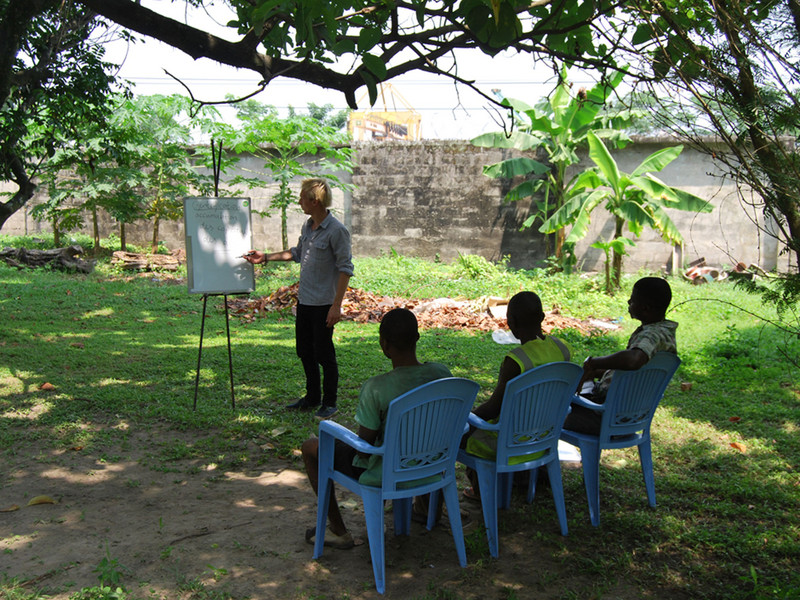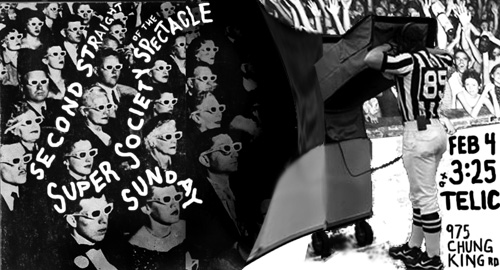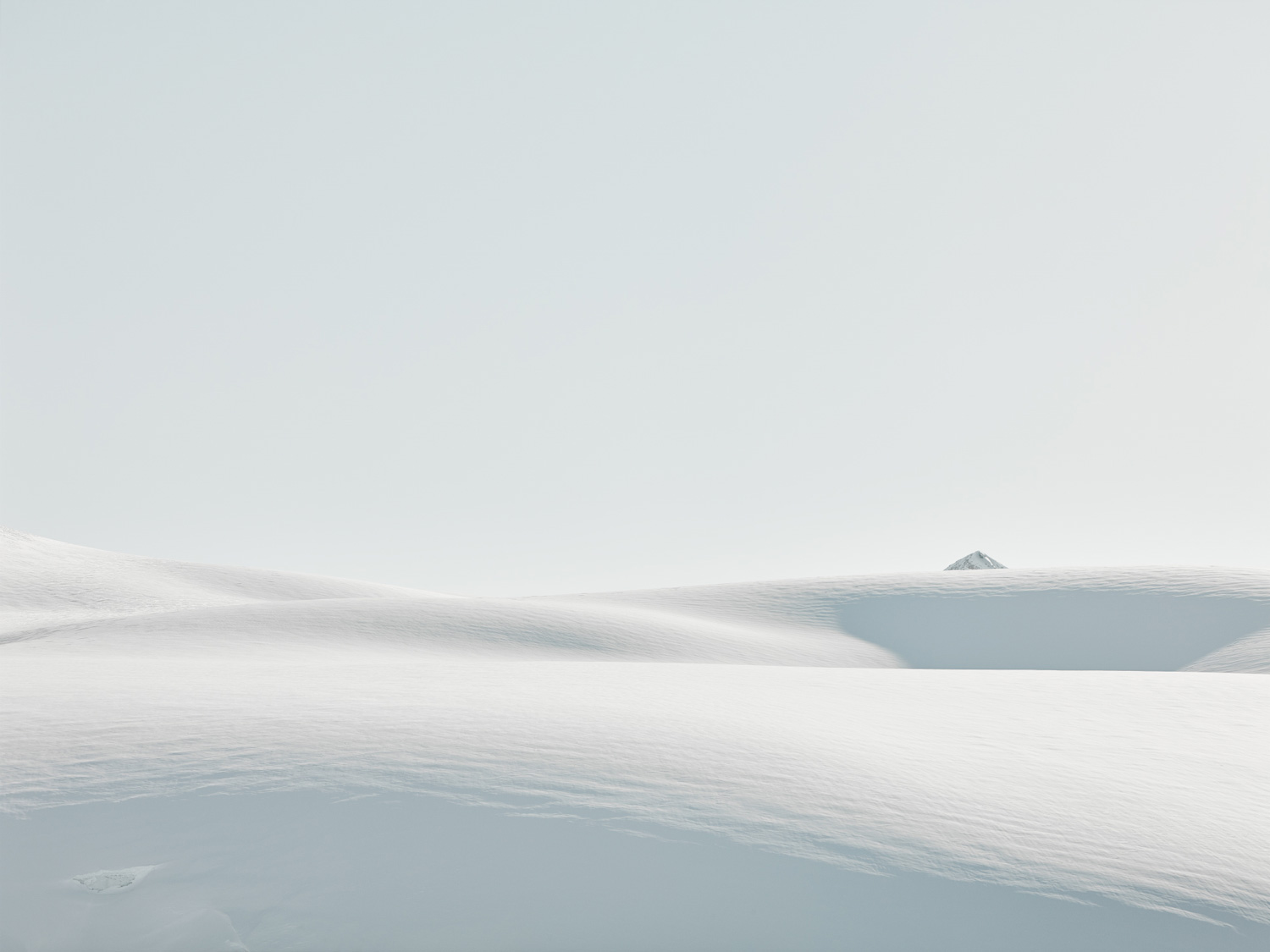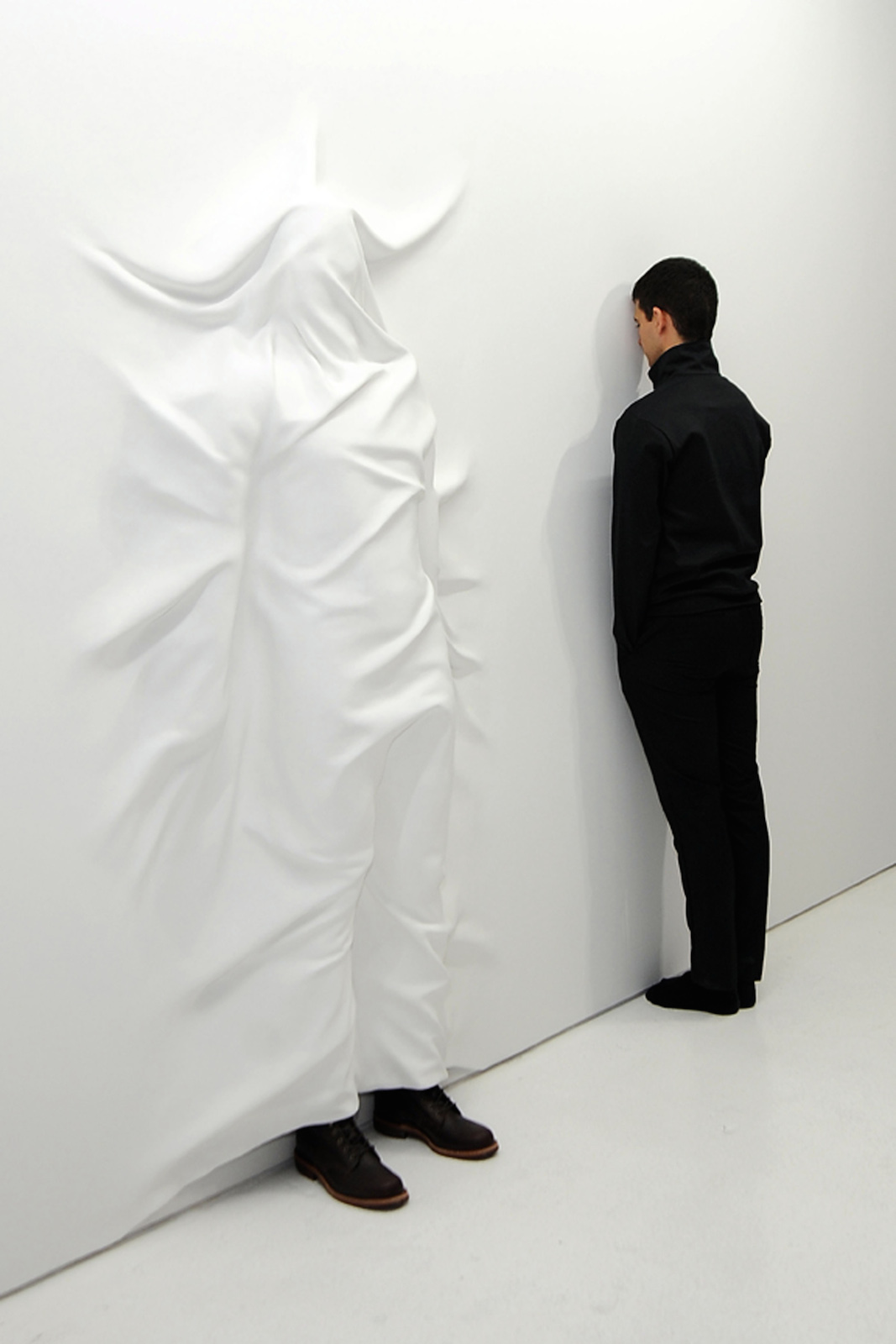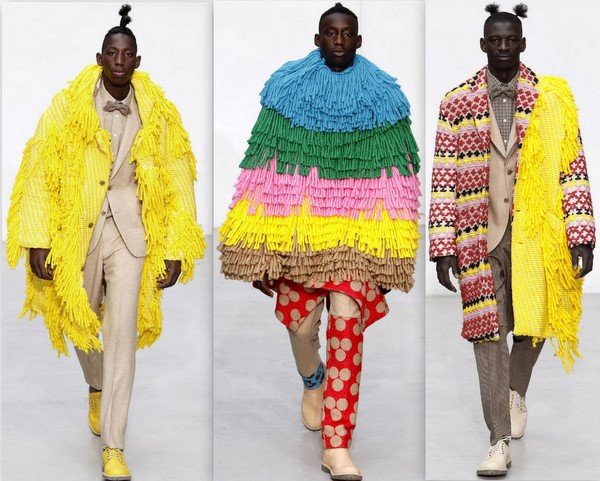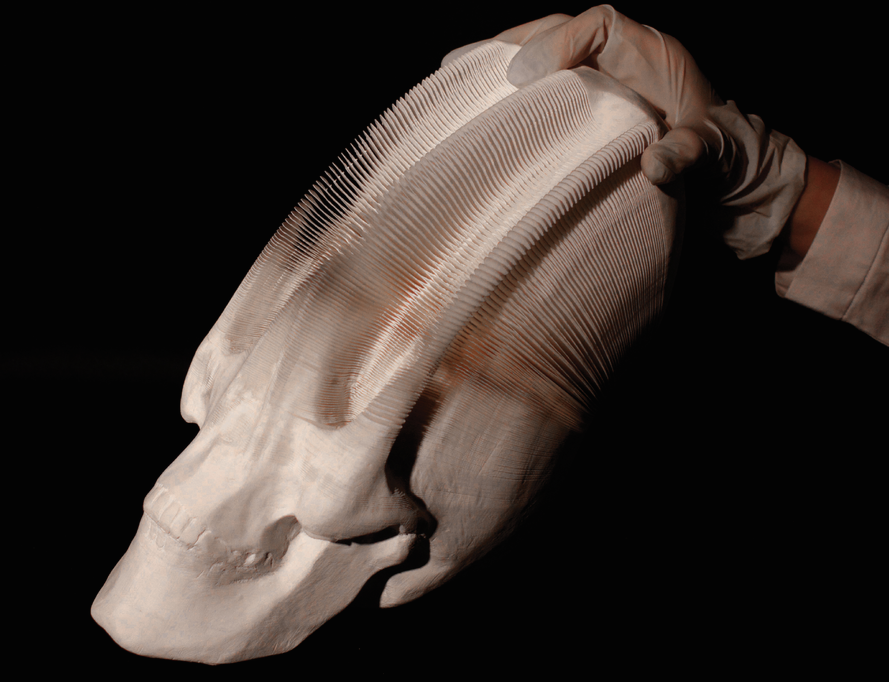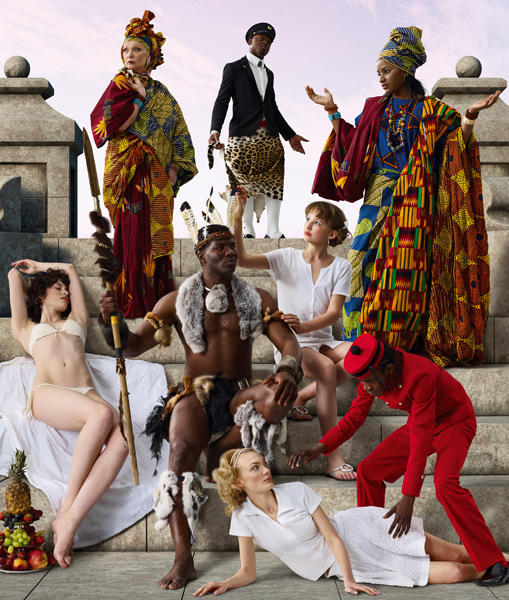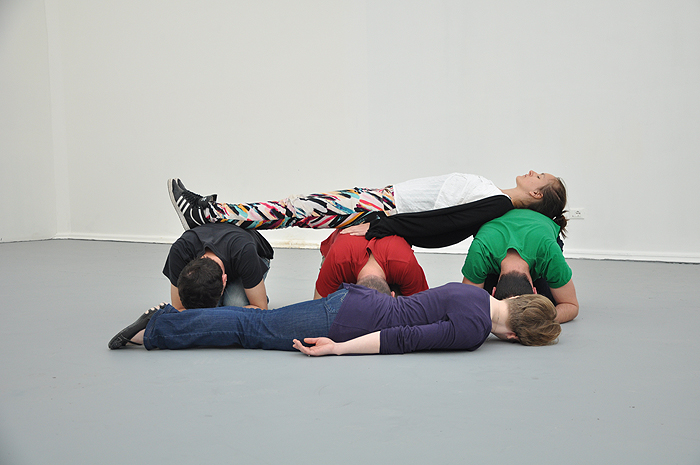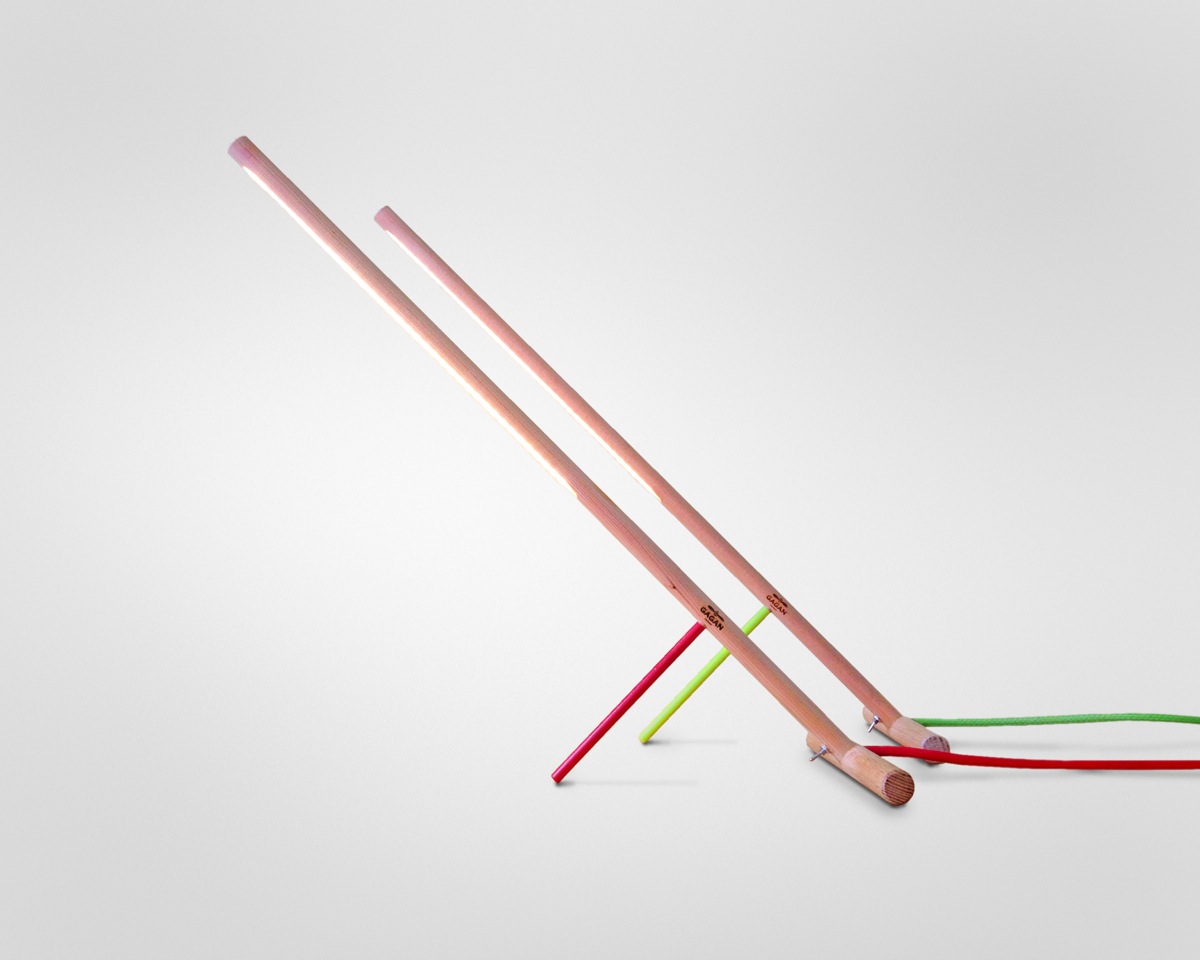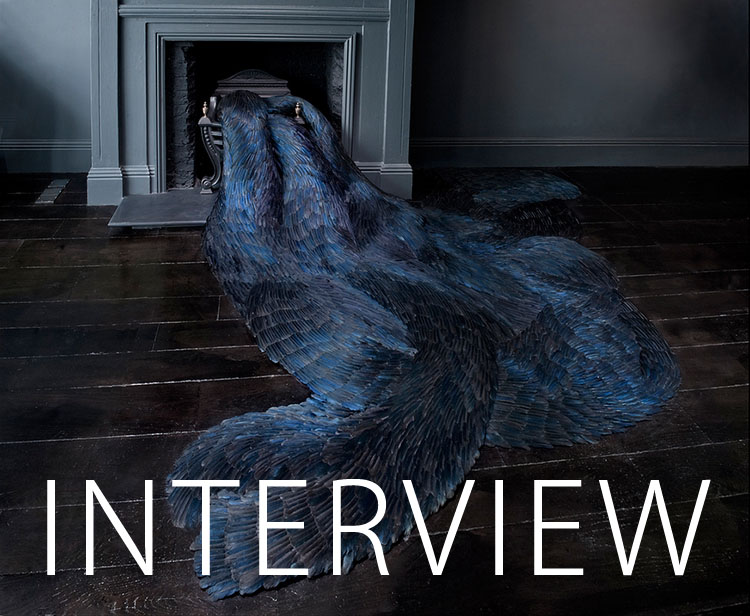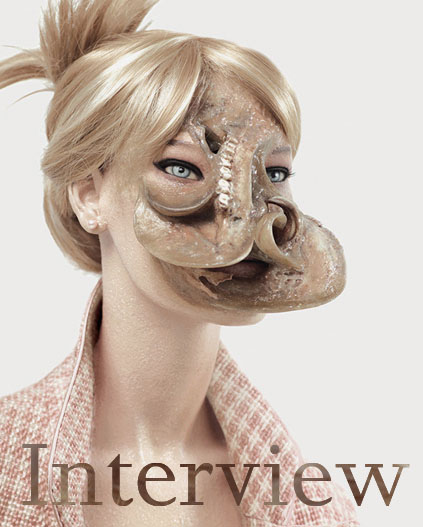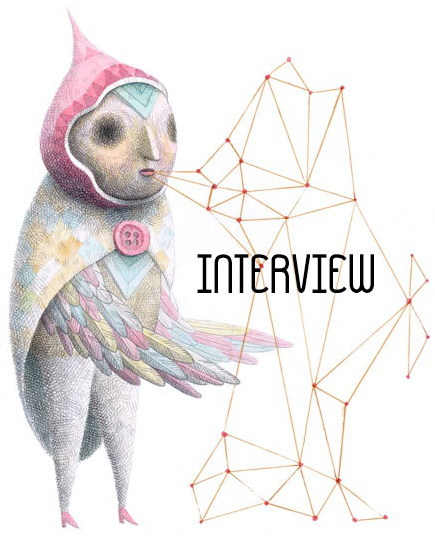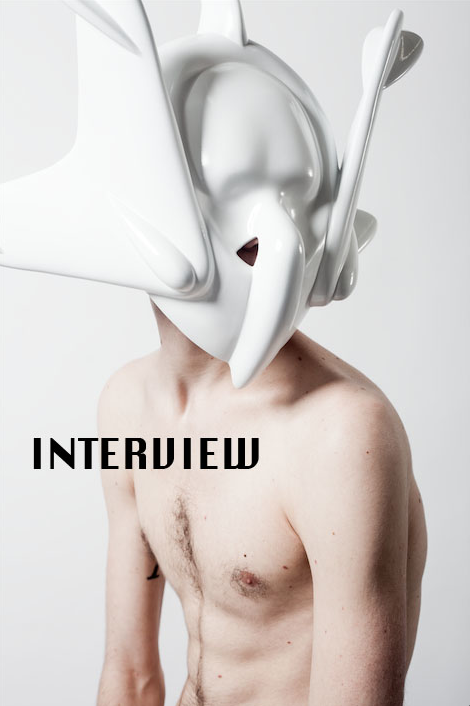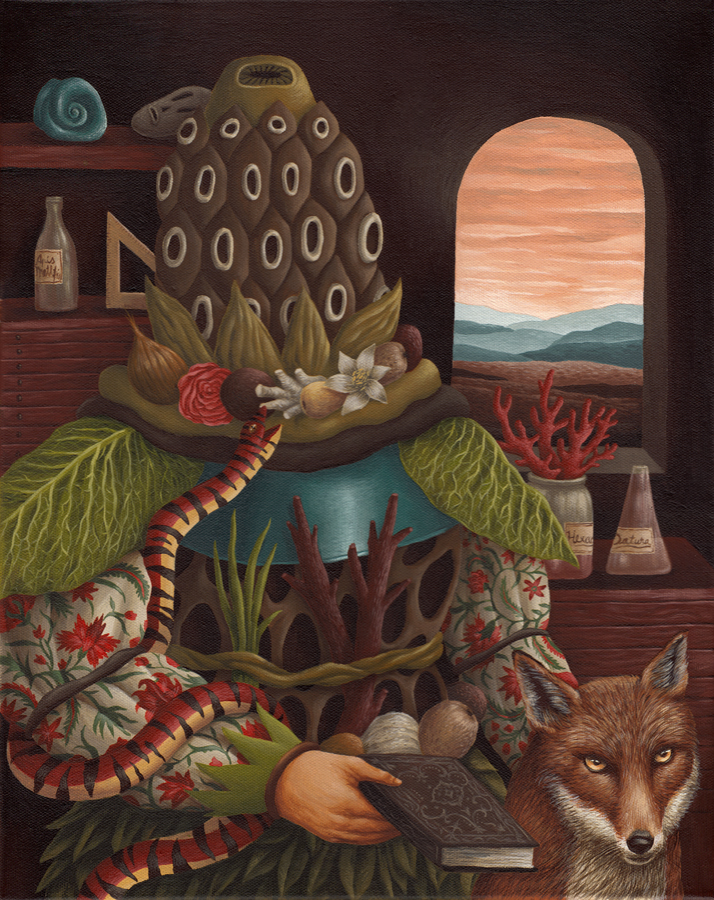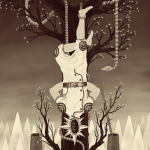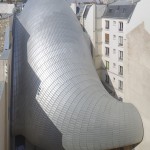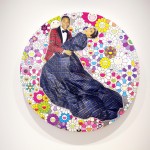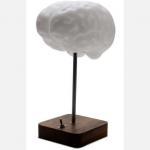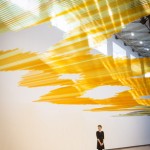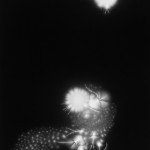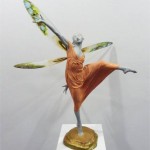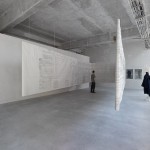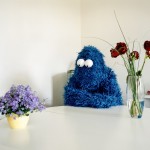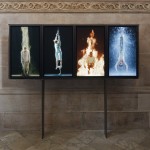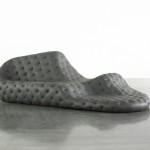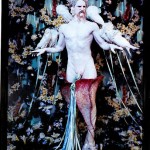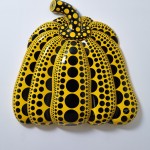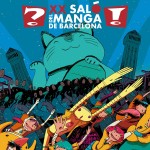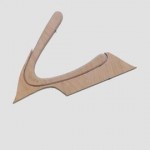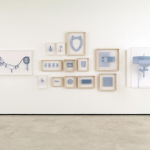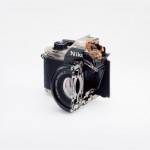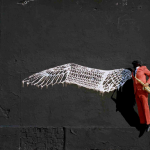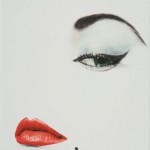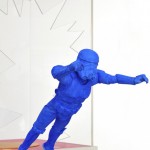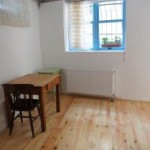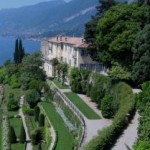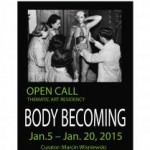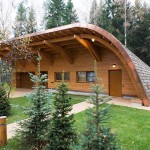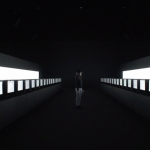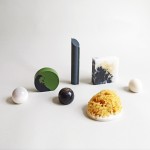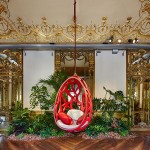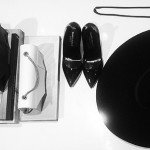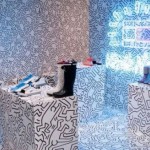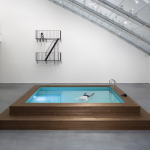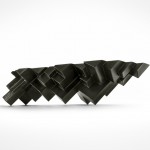INHALE is a cultural platform where artists are presented, where great projects are given credit and readers find inspiration. Think about Inhale as if it were a map: we can help you discover which are the must-see events all over the world, what is happening now in the artistic and cultural world as well as guide you through the latest designers’ products. Inhale interconnects domains that you are interested in, so that you will know all the events, places, galleries, studios that are a must-see. We have a 360 degree overview on art and culture and a passion to share.

Keep the best for the end.
My third contribution on the KFDS is reserved for discussing one of the most inspirationally and avant-gardist piece I have experienced in Brussels this year.
Traditional art has used us with liking or disliking what we see. Few years ago we would go to a performance/show and expect a nice story, well defined characters, an evolution/involution of one of the main hero’s and a tear drop or a hair raise on our left or right hand – all proofs that the show has invested us with some kind of aesthetical appreciation.
It is hardly the case of the performance art going on today. And it is neither a good thing nor a bad thing. Things stand.
As art historian Boris Groys argues in his revelatory Introduction; Global Conceptualism Revisited[1] : Conceptual Art comes with a shift of paradigm in terms of spectatorship; viewing art transgressed from aesthetics to poetics and rhetoric. In other words, art is not supposed to be presented as a nicely wrapped present meant to tickle the spectator’s senses, but has become a tool for communication, transforming the art object into a channel, disputed by both artist and spectator. Spectatorship has enriched its de-codifying role by the participatory feature of creating sense simultaneously with the artist. Translated into practice, this doesn’t imply forcing spectators to intervene into shows; neither does it mean that the creating subject is sitting between the spectators. The perspective is a philosophical and a dramaturgical one. The contemporary paradigm explores the Society as Spectacle and transforms everyone in viewers. The performer becomes a journalist who is reporting on his subject of matter- this may be real or fictive.
“Institute for Human Activities ON THE INSTITUTE OF HUMAN ACTIVITIES”[2] is a performance lecture about a Belgian based kind-of-art-kind-of-sociological institute that developed a long term artistic project in Congo. The lecture is a presentation of the institute’s activity in Congo, from the first steps of the project (buying land on a plantation, doing studies, interviews with the locals) to its inaugural activities (group activities, a conference, skype interview with scholars on the matter of gentrification[3]). The main performer acts as the artistic president and the communication agent of the institute, his role being to inform the public in Brussels about the institute’s philosophy and activity.
The performance respects a lecture’s protocol, by investing a speaker with a subject to report on, by the use of rhetoric, and also by documentation the verbal and gestural discourse of the speaker with visual proofs (slide show presentation). As in a typical scenario for a lecture, the public is asked for its feedback on the matter of doing an artistic project in an underdeveloped country with the aim of creating an economy around it. On a long run, this artistic centre this artistic center is a creative space for the locals, who will be offered support to “create” art objects that will be sold on the Western art market, with the specification that the money will come back to the locals and in this way start an economic bubble around the centre. Furthermore, when extended, the centre will offer summer residencies for western emerging artists. One of my friends was so seduced with the idea of the project that he asked the performer Renzo Martens what conditions the participation to such a residency would imply.
After leaving the performance, outside the Wiels[4] people started to murmur about this amazing idea of creating economy by artistic means in low developed countries. Just like art could save the world and this would be possible – here is the example, “IFA” is doing it! Righttttttttt… “how come we Romanians didn’t think of it before?” “Of course, we didn’t we are at least 20 years behind all artistic thought and practice happening in Europe.
Towards a synchronisation. In thought, at least….
By means of this article, I hope to start up a discussion upon ways of creating fiction and structures for telling stories. More and more people start to doubt the fact that media presents an undistorted image of reality- using the tools of journalism; media is supposed to present facts not to represent interests. Still, when seen at TV things seem real, people hardly doubt the veridicity of the information they are receiving. Contrary, when going to the theatre, people believe everything because they accept to be part of the convention where fictional facts are presented in order to make us feel connected to each other by the universalism that bounds all living souls on this extremely crowded planet. What happens when, the presented material doesn’t deal with feelings – as “IFA” does, but with questions? What happens when fictional structures are substituted by documentation/research tools (report, lecture, presentation)? Does art become political? Does politics become art? Maybe that all this questions should quit the dialectical perspective of or/or and should be regarded as proofs of the rise of a new paradigm in art. In today’s Society of Spectacle[5], what is real and what is fiction?
Creators of “IFA” seem to be very familiar with these questions, since they are actively using a serious, informative, scientific language to create FICTION. What kind of fiction? It doesn’t matter. Society is demanding this days that art should talk about community[6], all art is political nowadays…well, be it! “IFA” talks about political economy. Is it really? Or is the subject of the economisation of the art and the scientific language only used as tools to speak about the politisation of the art?! But this is less important. What counts is that by means of a subject of interest, art created a debate around DISCOURSE! As Groys stated: ART has shifted from AESTHETICS to RETHORIC.
No actual proof of the existence of the “IFA” artistic centre in Congo, has been found. Still, spectators continue the debate about the power of art to improve economy or even the world’s order. What can be more poetical than an engaged community of spectators who sincerely believe that art can save the world?!
[1] Groys, Boris, Introduction: Conceptualism Revisited, in e-flux, issue 29,11, 2011, http://www.e-flux.com/journal/introduction%E2%80%94global-conceptualism-revisited/
[2] Link of the site http://www.humanactivities.org/
[3] Excerpts from the interview with Richard Florida, to be found on the projects site: http://www.humanactivities.org/opening-seminar-2012
[4] contemporary art centre in Brussels, co-host of the KFDS
[5] Guy Debord: “The Society of the Spectacle”
[6] „Today, the artist is required to treat topics of public interest. Just as the Church and autocratic powers of yesteryear wanted their beliefs and interests to be represented by the artist, so today’s democratic public wants to find in art representations of the issues, topics, political controversies and social aspirations by which it is moved in everyday life.” Ibid. 1
by Alexandra Pâzgu
Alexandra Pâzgu is an artistic researcher and practitioner, interested in contemporary dramaturgical dynamics. Currently enrolled in an artistic based Ph.D. at UBB Cluj, with a proposal that links dramaturgy to conceptual art.



